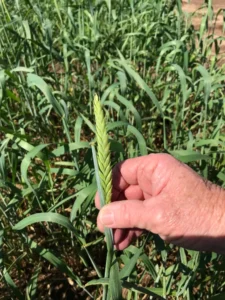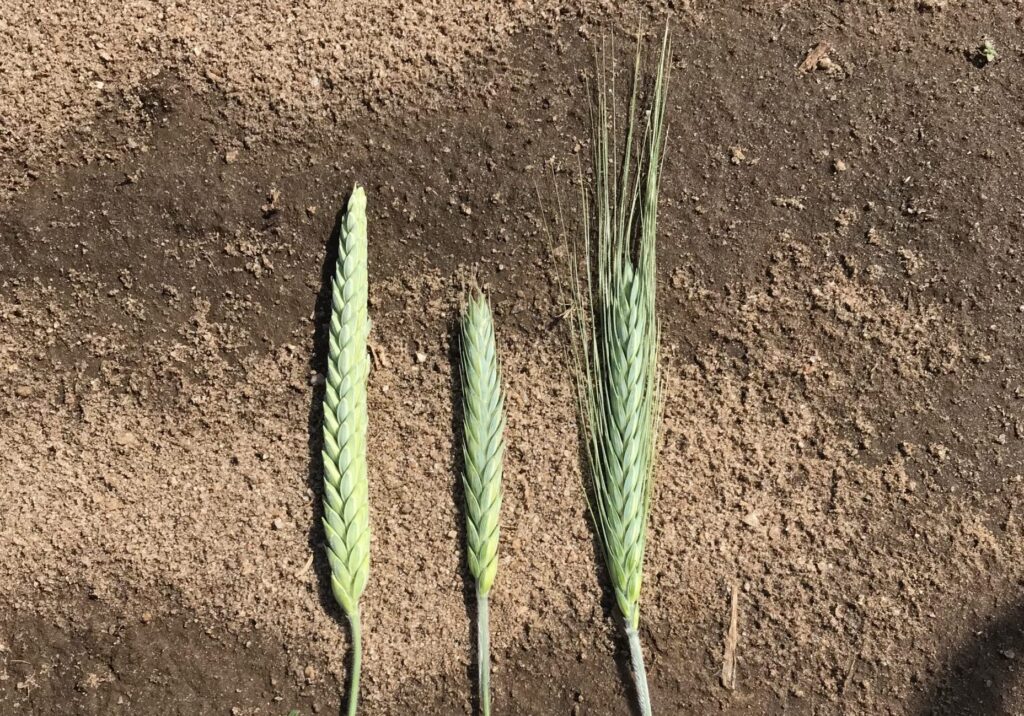Understanding Triticale: A Tale of Two Varieties
Triticale, a hybrid of wheat and rye, has emerged as a versatile and valuable crop in modern agriculture. Its two main varieties, awned and awnless (or awnletted), offer distinct benefits for different farming and food production needs.
Awnless Triticale: The Multi-Purpose Crop
Awnless triticale is renowned for its adaptability and utility across various agriculturl applications:
- Grazing: Ideal for vegetative stages, awnless triticale serves as both a nutritious grazing option and an effective cover crop.
- Forage: This variety excels as hay, silage, or pasture, complementing crops like corn silage and forage sorghum.
- Harvesting: Awnless triticale can be harvested for grain, straw, or silage, with the grain being suitable for both animal feed and human consumption.
- Bread Making: Though not as strong as whole wheat, awnless triticale outperforms rye in bread-making abilities. It’s often blended with whole wheat flour by millers and bakers for an optimal mix.

Awnletted Triticale: The Forage Specialist
While awnletted triticale is predominantly used for forage, hay, and cover crops, it holds significant value in specific stages of livestock feeding:
- Dairy Cows: At the boot-stage, awnletted triticale is beneficial for dairy cows, providing essential nutrients.
- Beef Cows and Dairy Heifers: In the soft dough stage, it’s an excellent feed source for beef cows and dairy heifers.
